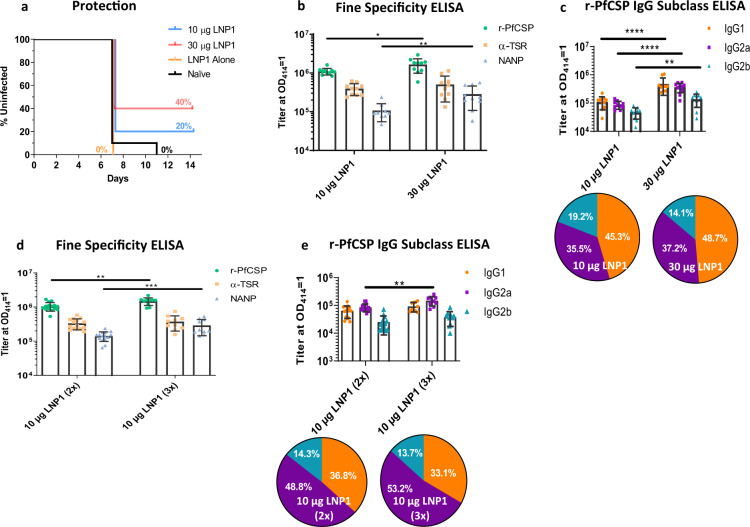Fig. 2. PfCSP mRNA-LNP1 elicits a dose-dependent response in BALB/c.
A 10 µg and 30 µg dose PfCSP mRNA-LNP1 (TriLink) prime:boost regimen at a 3-week interval was tested in a Pb(ANKA)-PfCSP (NF54/3D7) transgenic challenge experiment (N = 10 per group) with 1000 sporozoites injected intravenously. a Kaplan–Meier survival curves report the percent survival of infected mice. Efficacy was calculated against the negative controls (LNP1 alone and naïve controls). Survival was defined as mice without detectable parasitemia by thin blood smear by day 14. b Fine specificity ELISAs were performed to quantify IgG responses to the r-PfCSP protein, the (NANP)6 repeat region, and the α-TSR domain peptides. Data are reported as the GM with 95% CI. c To capture the IgG subclasses elicited by PfCSP mRNA-LNP1, r-PfCSP ELISAs were performed and IgG1, IgG2a, and IgG2b OD 1.0 titers reported. Data in the bar graph are reported as the GM with 95% CI. Pie charts are representative of the relative response of each subclass. To assess the influence of an additional booster dose in a 3-week immunization regimen, mice were immunized in a prime:boost (2x) (N = 15 per group) and prime:boost:boost (3x) regimen (N = 10 per group). IgG was quantified for d r-PfCSP, α-TSR domain, (NANP)6 repeat peptide and e IgG subclass. All statistical analyses were performed using a Mann Whitney test (*p < 0.05; **p < 0.01; ***p < 0.001; ****p < 0.0001).

